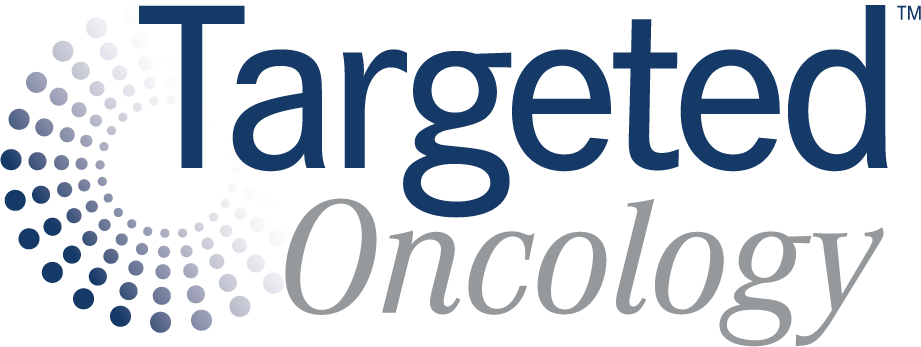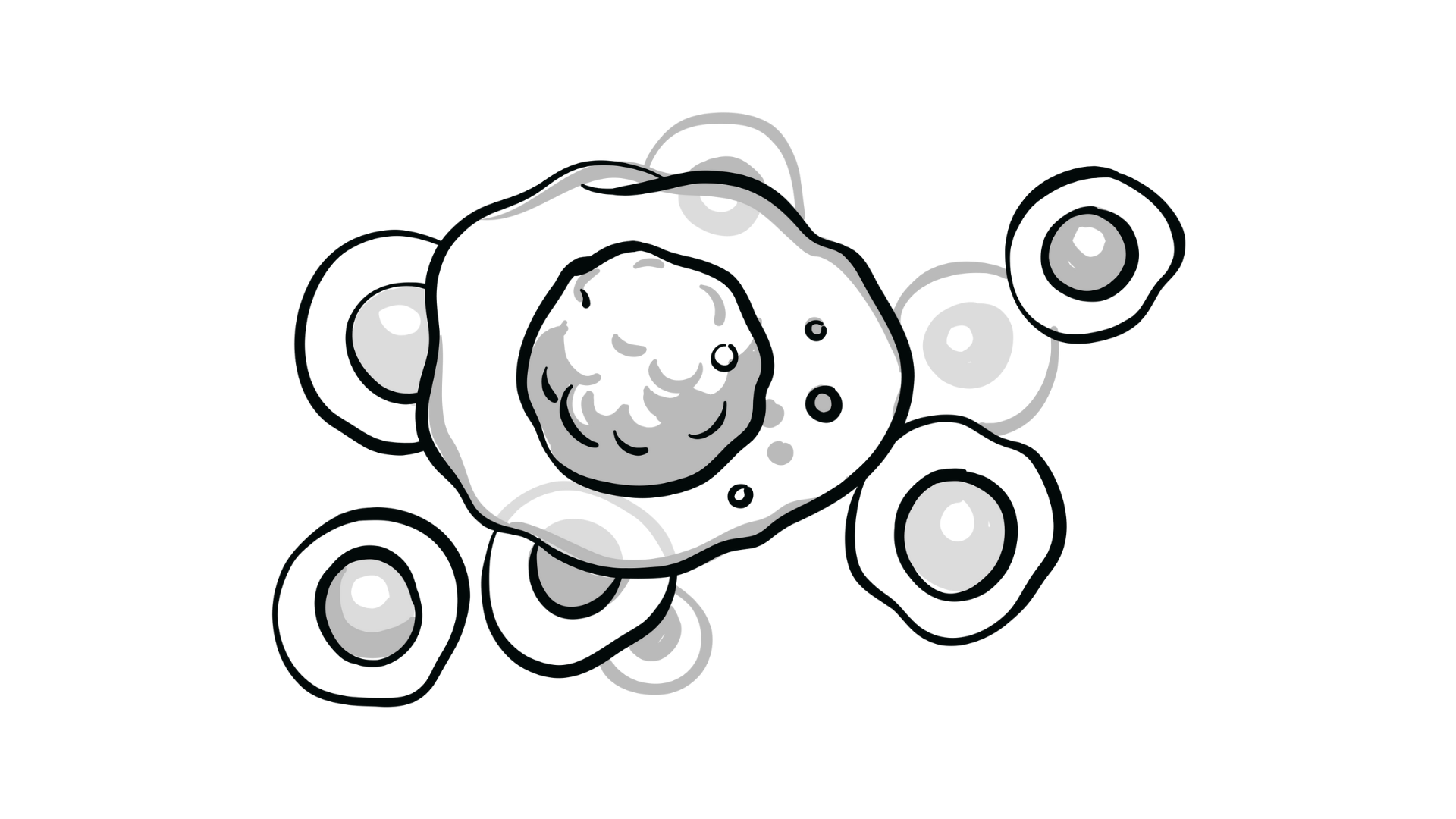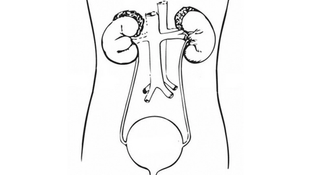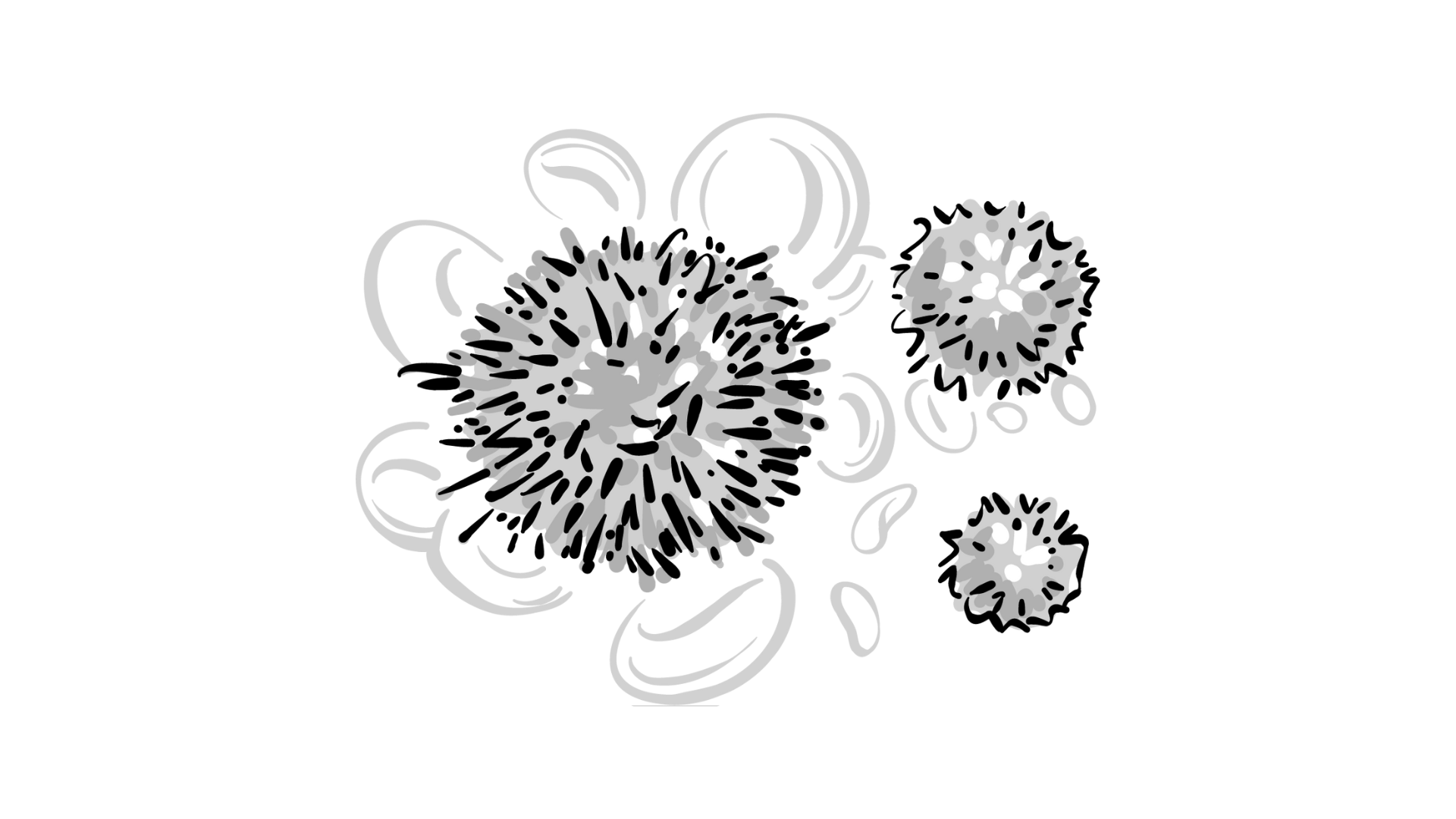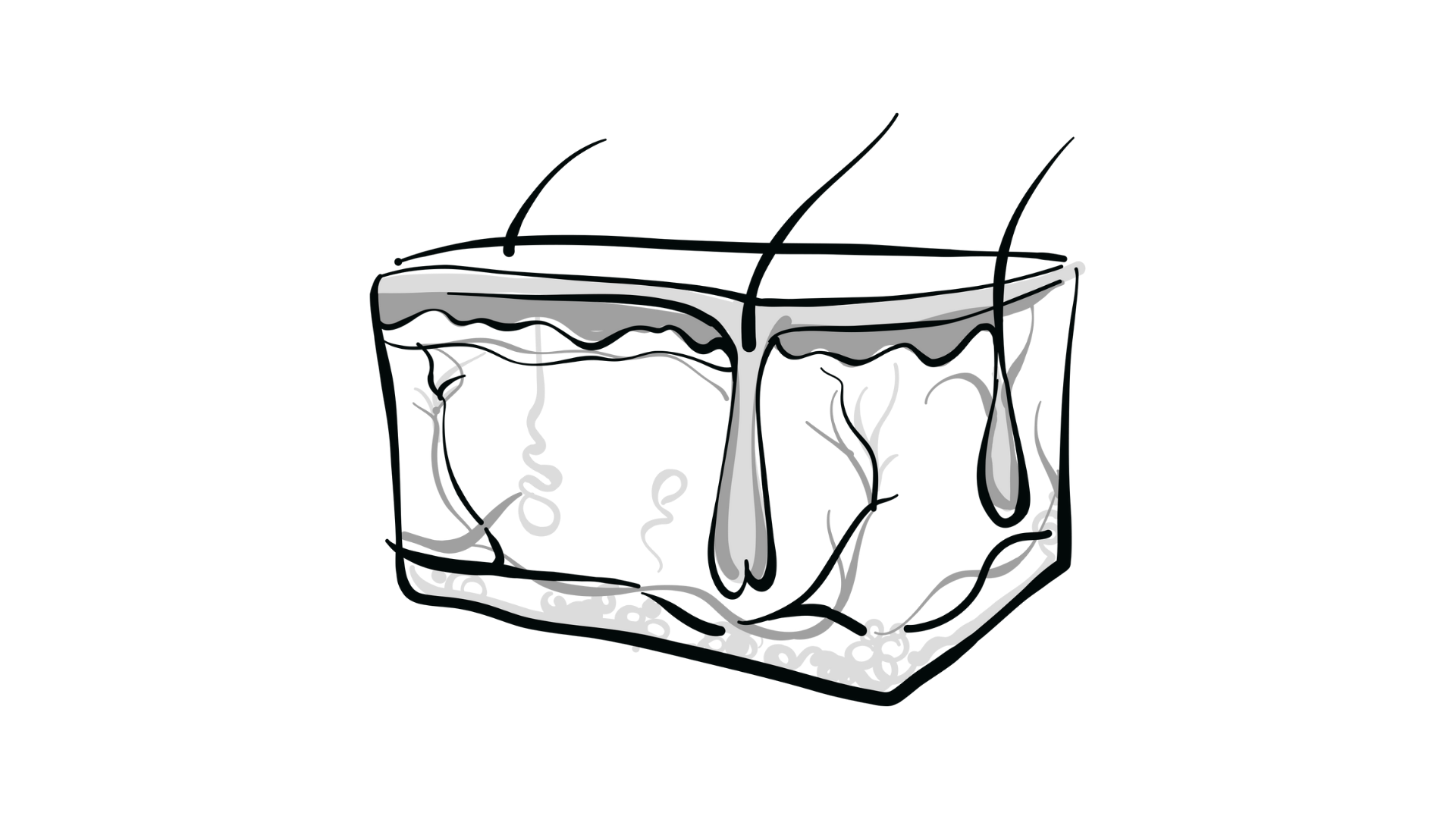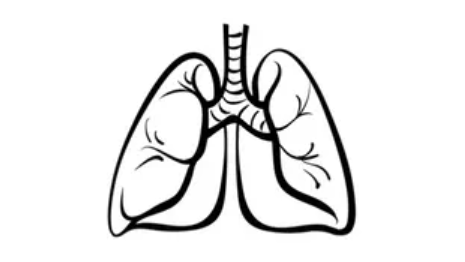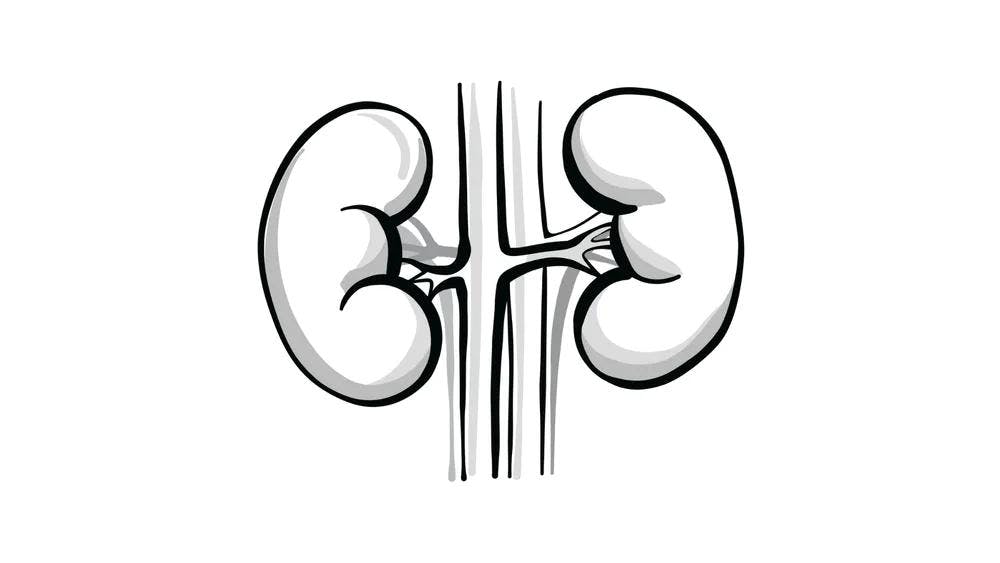Mushtaq Examines Long-Term Toxicities of CAR T-Cell Therapy in Multiple Myeloma
During a Case-Based Roundtable® event, Muhammad Umair Mushtaq, MD, discussed managing long-term toxicity concerns related to CAR T-cell therapy in multiple myeloma.
Muhammad Umair Mushtaq, MD
Associate Professor of Medicine
Division of Hematologic Malignancies and Cellular Therapeutics
University of Kansas Medical Center
Kansas City, KS

CASE SUMMARY
- A man aged 60 years who was diagnosed 4 years ago with IgG-κ multiple myeloma presented to his oncologist at first relapse.
- Medical history: hypertension controlled with lisinopril
- Patient received previous treatments with:
- Daratumumab (Darzalex), bortezomib (Velcade), lenalidomide (Revlimid), and dexamethasone followed by autologous stem cell transplant (ASCT) with lenalidomide maintenance
- He achieved very good partial response post ASCT.
- The patient had disease progression and reported excessive fatigue and low back pain exacerbated by movement.
- He weighed 170 lb (down 15 lb in the past 4 months).
- Bone marrow biopsy at relapse showed 20% bone marrow plasma cells.
- Repeat PET/CT imaging showed multiple bone lesions without extramedullary disease.
- ECOG performance status: 0
- After discussion, it was decided to refer the patient for chimeric antigen receptor (CAR) T-cell therapy evaluation.
PEERS & PERSPECTIVES IN ONCOLOGY: What toxicities are of most concern in patients receiving ciltacabtagene autoleucel (cilta-cel; Carvykti) for early relapsed multiple myeloma?
MUSHTAQ: Cytokine release syndrome [CRS] and neurotoxicity are very important considerations when we are moving these therapies to earlier lines. [In the phase 3 CARTITUDE-4 trial (NCT04181827)], CRS occurred in 76% of patients, and it was mostly grade 1 and 2.1 Grade 1 is just fever; grade 2 is if there is fever plus hypotension or hypoxia. CAR T-cell therapy–related neurotoxicity occurred in [23.3%] of patients, so it was a relatively lower rate; none of them were fatal, and most were grade 1 to 2 [20.5%].
There are some late toxicities [about which] the data are still being collected, and we are seeing some more real-world reports about that. Cranial nerve palsies can be seen [in 9.1% any grade]. I have seen Bell palsy in my practice, and [those cases] are usually treated like how you would treat Bell palsy otherwise, with a steroid course. Peripheral neuropathy is seen sometimes [2.8% any grade]. How much of that is CAR T–related vs related to the myeloma therapies that patients have [previously] received is questionable, but peripheral neuropathies have been seen, and then MNT [movement/neurocognitive treatment-emergent adverse event (TEAE)] is a Parkinson-like phenomenon. Those cases are also seen after cilta-cel [in 0.6% in this trial], and that’s one of the concerns.
Longer-term follow-up in a larger cohort, like a registry study by Center for International Blood and Marrow Transplant Research or by the consortia, are going to look at these factors, but the rates are still low. They’re less than 10%, very low rates compared with the benefit that the CAR T-cell therapy would have.
The median time to onset for CRS is 8 days, and median duration is 3 days. Median onset of ICANS [immune effector cell–associated neurotoxicity syndrome] is at day 10, and the median duration is 2 days. CRS and ICANS are the most common toxicities, and they are expected in the second week. For a person [working at] the CAR T center or looking at the outpatient program, the second week is where patients will have toxicities after cilta-cel.
Which TEAEs remained for a longer duration after CAR T-cell infusion?
[In terms of] late CAR T toxicity, this trial has a median follow-up period of 33 months. Treatment-emergent infections of grade 3 or 4 were noted in 28% of patients receiving cilta-cel and 29% with standard of care.2 Deaths due to treatment-emergent or non– treatment-emergent infections were 16 with cilta-cel and 19 in the standard-of-care arm, so they were very similar and comparable. [The number of] deaths due to progressive disease in the cilta-cel arm was 21, vs 51 in the standard-of-care arm. That’s expected. TEAE-related mortality is slightly higher, 12 with cilta-cel vs 8 with standard of care, but the efficacy is significantly higher than the slightly higher toxicity.
Second primary malignancies [are] an area of active surveillance. There was some concern because there were some T-cell lymphoma cases reported, but usually, it’s been myelodysplastic syndrome, acute myeloid leukemia, and skin cancers [Table 12]. Much of it has to do with patients who were heavily pretreated; how much CAR T contributes to this, we will know in coming years about that, but [investigators] are looking at that. There were no new cases of nerve palsies or MNT seen from cilta-cel [not previously reported from CARTITUDE-4].

The [prolonged] CAR T-cell toxicities are cytopenias [Table 23]. In my practice, that’s been the biggest challenge, especially in patients who are heavily pretreated. Sometimes, we have their stem cells in the freezer, and we can give them a stem cell boost to recover their [blood cell] counts, but they may be cytopenic for months, and we sometimes give them eltrombopag. It stimulates stem cells and may improve [blood cell] counts in 50% to 60% of patients [according to] small retrospective series, but this means these patients will need to be watched and cared for closely.4 Many of them would be high-maintenance patients. They will need transfusions. We would need to check their CD4 count and their immunoglobulin levels monthly.

What recommendations are there for infection prevention post CAR T cells?
[We have] the International Myeloma Working Group consensus guidelines for infection prevention post CAR T cells.5 Not all centers are exactly following this. There are several guidelines. There [has] been American Society for Transplantation and Cellular Therapy guidance on this [and] there have been some reviews on this. So, every institution will develop [its] own institutional algorithm. It’s very similar to [stem cell] transplant care, where each transplant center differs. It’s very pragmatic. Mostly, what we do is that we talk to other centers, and we see what other people are doing, and then we adapt to that. As more objective data become available, we will change our therapy.
I will just give my perspective on how we are doing it [at the University of Kansas Medical Center]. After CAR T-cell [infusion], when they are neutropenic, they’ll get the fungal prophylaxes and bacterial prophylaxes: levofloxacin, fluconazole, and acyclovir. By day 20, we would start them on Pneumocystis jirovecii pneumonia [PJP] prophylaxis. So, they’ll start [sulfamethoxazole and trimethoprim] twice a week, and we would continue the antiviral prophylaxis. I usually favor continuing it because even if they [experience progression], they will need some kind of myeloma therapy, and so I usually continue acyclovir in most patients.
But if they are in remission and post transplant or post CAR T cells, it can be stopped at the 6-month mark. If they are getting a maintenance daratumumab plus lenalidomide, then they’ll continue that. We continue PJP prophylaxis until CD4 count is above 200/mm3 and 6 months post CAR T cells. We do it for 6 months because that CD4 count can fluctuate. We have seen [cases where] they recovered, and then they drop later.
We would repeat all the primary vaccination series starting from 6 months, very similar to ASCT. What is very important is that these patients have prolonged B-cell aplasia, so it’s very important to check their immunoglobulin G level on a monthly basis and give them intravenous immunoglobulin if it’s less than 400 mg/dL and also keep a high index of suspicion for a possibility of fungal infections and viral reactivations, especially in these patients being treated with multiple CAR T-cell therapies on clinical trials, and they have received multiple rounds of fludarabine and cyclophosphamide. That exposure has led to cytomegalovirus and adenoviral reactivations; we have seen these resistant viral infections in those patients.
We were looking at our data, and nonrelapse mortality at day 100 seems to be high in patients receiving CAR T cells. Part of the reason is that in their communities, the support systems are not that advanced, and the infection prevention is not done as it should be done. I think the guidelines on that will develop in coming years, but that’s one big concern with CAR T-cell use.
Is 30 days of close monitoring appropriate for all patients receiving CAR T-cell therapy?
In terms of how long they need to stay [near the CAR T-cell center], I think this is an area that’s moving. The mandate was 30 days, and it is suggested in the label; the FDA doesn’t mandate that now. There has been a recent report from the US consortium that after 2 weeks, the life-threatening toxicities do not happen, so they suggest you could let patients go after 2 weeks, and many centers will change their practices, but not [all centers]. I think the patients who have ongoing infections, those who are very frail, debilitated, and need intensive rehab, and… severely cytopenic may need to stay close to the center for longer, very similar to what we do with allogeneic stem cell transplants. We need to give this expectation to the patient because there have been patients who say at day 30, “I’m going home,” but they are in no position to go home, and it becomes a challenge at that time point. The caregiver needs and the social situation have to be addressed beforehand and not after the fact, and that may improve outcomes in terms of toxicity.
REFERENCES
1. Sidiqi MH, Corradini P, Purtill D, et al. Efficacy and safety in patients with lenalidomide-refractory multiple myeloma after 1-3 prior lines who received a single infusion of ciltacabtagene autoleucel as study treatment in the phase 3 CARTITUDE-4 trial. Blood. 2023;142(suppl 1):4866. doi:10.1182/blood-2023-178778
2. Mateos MV, San-Miguel J, Dhakal B, et al. Overall survival (OS) with ciltacabtagene autoleucel (cilta-cel) versus standard of care (SoC) in lenalidomide (len)-refractory multiple myeloma (MM): phase 3 CARTITUDE-4 study update. Clin Lymphoma Myeloma Leuk. 2024;24(suppl_2):S290. doi:10.1016/S2152-2650(24)02346-2
3. San-Miguel J, Dhakal B, Yong K, et al. Cilta-cel or standard care in lenalidomide-refractory multiple myeloma. N Engl J Med. 2023;389(4):335-347. doi:10.1056/NEJMoa2303379
4. Wesson W, Ahmed N, Davis JA, et al. Use of eltrombopag for post-CAR T cytopenias: a multi-institutional experience. Blood. 2023;142(suppl 1):2136. doi:10.1182/blood-2023-181283
5. Lin Y, Qiu L, Usmani S, et al; International Myeloma Working Group. Consensus guidelines and recommendations for the management and response assessment of chimeric antigen receptor T-cell therapy in clinical practice for relapsed and refractory multiple myeloma: a report from the International Myeloma Working Group Immunotherapy Committee. Lancet Oncol. 2024;25(8):e374-e387. doi:10.1016/S1470-2045(24)00094-9

